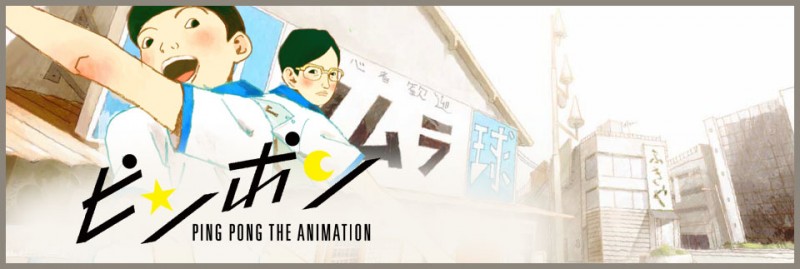I’ve read a lot of excellent posts from my fellow freelancers talking about setting boundaries with clients: establishing what type of deadline is okay and what price you’re willing to work for, or even establishing when you will be available via email throughout the day (I could swear I remember Corinne McKay giving that advice, but I can’t find it just now, so apologies if I am misattributing!). Like most of us, I sometimes have trouble saying “no” to either the client or myself, so it’s always great advice to hear.
I’d add one more type of boundary that’s helpful for freelancers: boundaries concerning the source content. I recently set a boundary with a prospective agency client that felt really good to me. The agency contact and I talked price and workload, and it was all going very smoothly, but he mentioned that sometimes his company was pitched content with “adult themes.”
Now, all of you who’ve been in the entertainment biz in the US–and also most of you who haven’t–know that the phrase “adult themes” is code for “nudity and/or sexual content.” Most of us TV/film staff have worked with it on and off since day one, and it’s just part of the job. But there is one variation on this theme that I am extremely uncomfortable with, and that’s the sexualization of children. I decided to be very upfront and honest with my new client and simply say that while I’m happy to work on most projects, I may not be able to accept a job if it sexualizes children.
Of course the client understood my position perfectly! There really aren’t many people who don’t understand that particular discomfort, so it’s certainly not a conversation to be afraid of. But all the same, sometimes in my first conversation with a prospective client, I feel hesitant to bring up content-related concerns that might not be immediately relevant. So for anyone out there who also hesitates to set content-related boundaries early, I just want you to know that coming to this understanding so quickly put a smile on my face for the rest of the morning. I highly recommend it!
Encouraging food for thought:
- Your client will probably understand and respect your position. And even if they don’t understand it, they’ll probably still respect it.
- If your client doesn’t respect your position, you probably don’t want that client anyway, so best to know that now!
- If you don’t set a boundary right from the beginning, you don’t get to set it until your client unknowingly tries to cross it. That will be super awkward and you will feel worse! If you do it now, neither you nor your client have to have that awkward conversation later.
- If you set the boundary right away, and someone later offers you a job that crosses the line, you won’t have to explain yourself again. You can just say, “Thank you very much for the offer. As I mentioned when we began working together, my policy is not to do assignments which sexualize children [or whatever].” Perfectly professional, and not embarrassing at all.
- Setting the boundary up front is a huge mood boost and instantly makes you feel good about your future relationship the client when they respect it. Stating even your very simplest needs and feeling they will be met is a big deal in all areas of life.
One last thing–It’s good to keep in mind that when any project manager offers you a job with uncomfortable content (while of course you’re not psychic and you don’t know what they’re thinking), there’s a good chance that they are uncomfortable about it too. The difference is that unlike you, they may not be allowed to tell you how uncomfortable they feel about the content. Frankly, they may not even know what the content actually is–maybe this sounds incredible, but it’s true! Project managers don’t have time to watch every single piece of content they assign before translation, so there will usually be at least a few scenes in the middle of things that they have never seen, and if it’s a TV show, obviously they can’t watch the episodes that haven’t been made yet. So if they assign you something that crosses one of your boundaries, maybe they’re trying to test those boundaries, but it is just as likely that aren’t trying to test you at all–they just didn’t realize that content was there!
So, try not to fall into the trap of assuming things about either their position or how they might feel about your position. Just say what you need to say as professionally, calmly, and non-judgmentally as possible.
And finally, try not to be too judgmental of yourself, either. If you accept a project and then it turns into something other than what you thought it was, that happens. It really does happen to everyone. You may decide that you started the project and you’ll see it through to the end, even though if you’d known what it was up front you would have said no. Maybe you’ll find yourself evaluating what to do based on whether the line crossed is a moral one or a “this is creepy and I don’t like it” one, and ask to stop the project if it’s a moral line. Maybe you’ll realize it’s your own fault that you’re in this mess–you didn’t fully evaluate the project before agreeing to it–and therefore you’re obligated to finish it no matter what. Maybe you’ll realize there’s no way you could have known. Maybe your contract is such that it doesn’t matter either way; you simply have to finish it. Every person and project are different, but as you’re working out what to do next, remember: you didn’t know. You didn’t sit down one day and think, “Today, I will sexualize children [or whatever].” That is not the decision you made, so don’t blame yourself for it. Just do what you have to do with this project, and then use what you’ve learned to handle these issues better next time.


